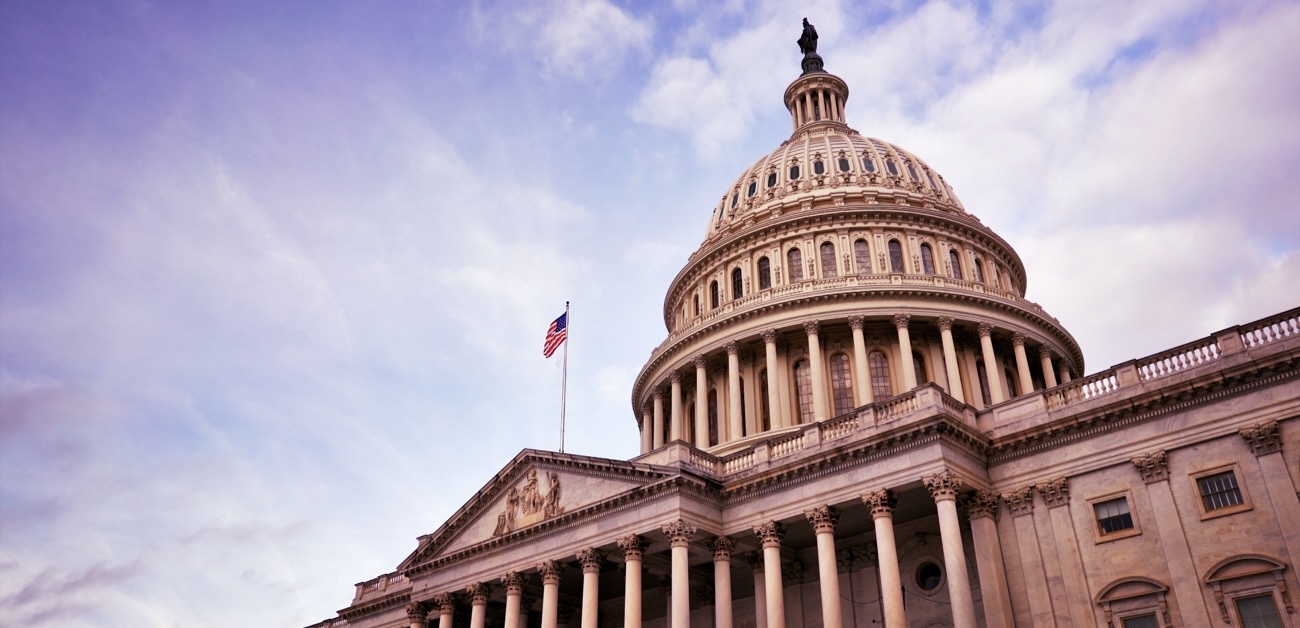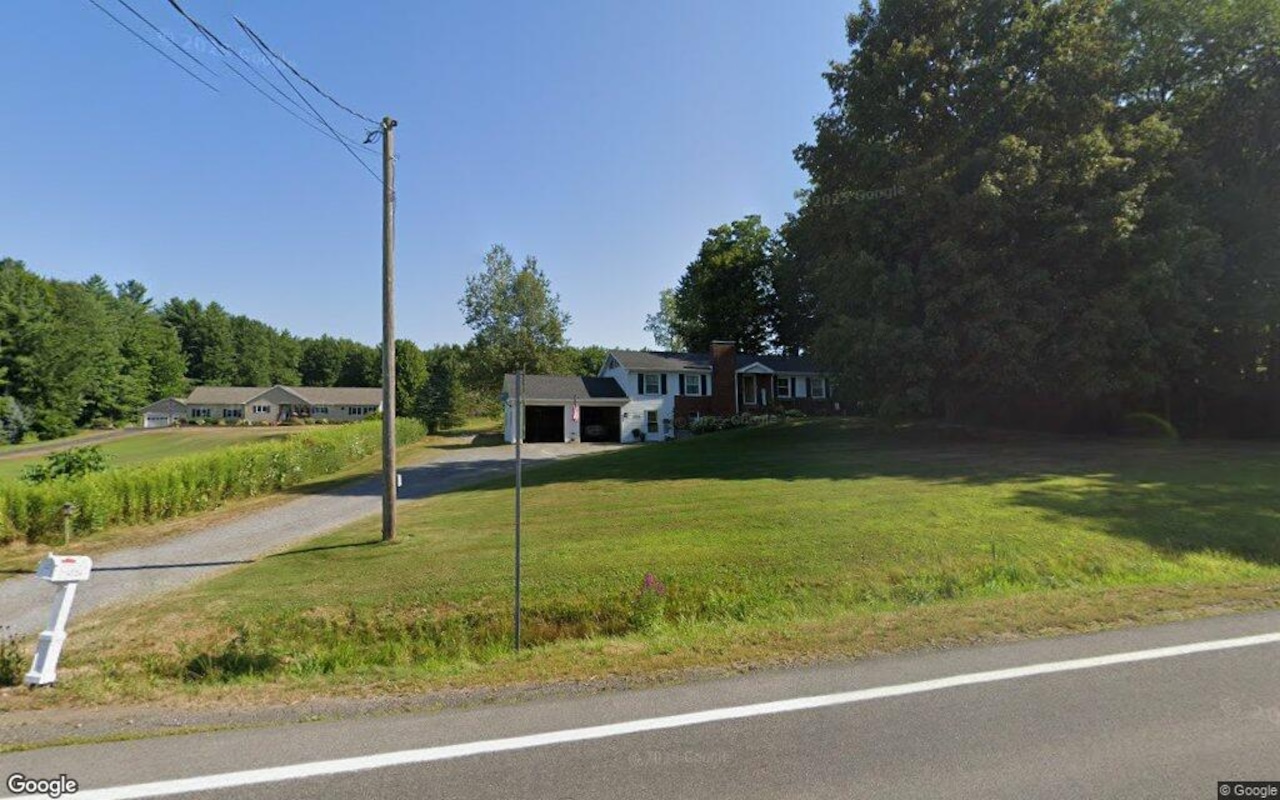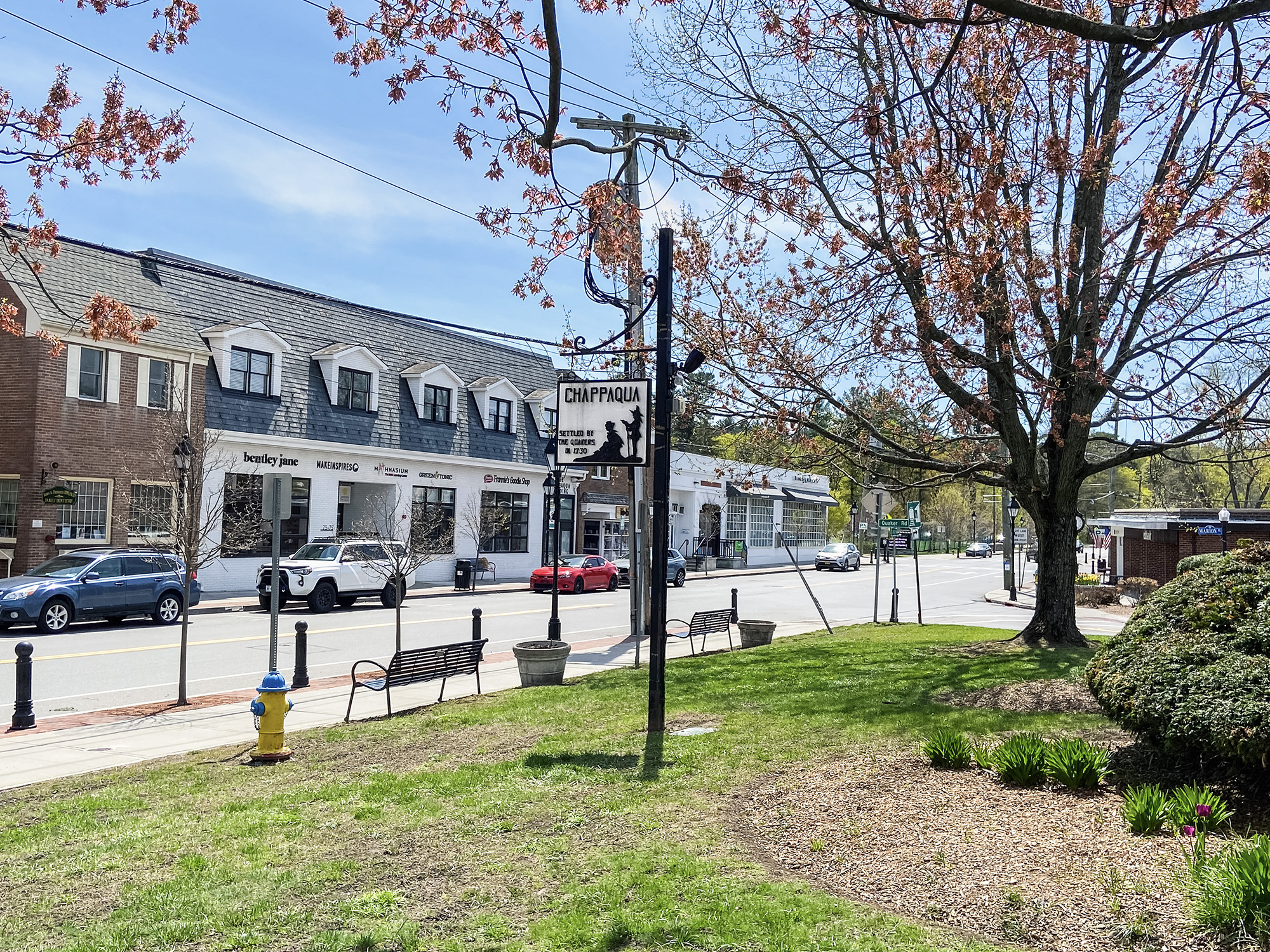�
��Every day the shutdown drags on, the U.S. housing market feels the strain,” says Shannon McGahn, NAR’s Executive Vice President and Chief Advocacy Officer. The Oct. 1 deadline for Congress to pass a stopgap or full spending bill passed, and the federal government has officially shut down. The pause halts many programs vital to real‑estate activity—mortgages, housing assistance, and other services—while essential operations like the Postal Service keep running. The National Flood Insurance Program (NFIP) is suspended; homeowners cannot buy new policies or renew existing ones. On Sept. 29, NAR issued a Call for Action urging political coordinators to lobby their congressional contacts about NFIP’s importance, and followed up with a letter to leadership demanding a swift resolution, whether through a continuing resolution or a standalone extension. NAR also released guidance for its members on shutdown impacts (PDF available).
Since 1980, 14 shutdowns have occurred, the latest lasting 34 days (Dec. 2018–Jan. 2019). The most recent partial shutdown cost the economy $11 billion, with $3 billion unrecovered, per the Congressional Budget Office. Each agency has its own shutdown protocol: many furlough staff, reduce services, and essential workers continue unpaid until funding is restored. A prior NAR survey found 75 % of members saw no effect on contract signings or closings, but 11 % noted impacts on current clients and another 11 % on prospective ones.
Ending a shutdown requires Congress to pass appropriations or a continuing resolution. The House approved a CR to Nov. 21, but it failed in the Senate; negotiations continue.
NAR remains committed to bipartisan efforts to reopen the government and reauthorize NFIP promptly. “The NFIP underpins about 500,000 home sales each year, supports 1 million jobs, and injects $70 billion into the economy,” McGahn notes. “Every day of shutdown threatens the housing market, which represents nearly 20 % of U.S. GDP.”















